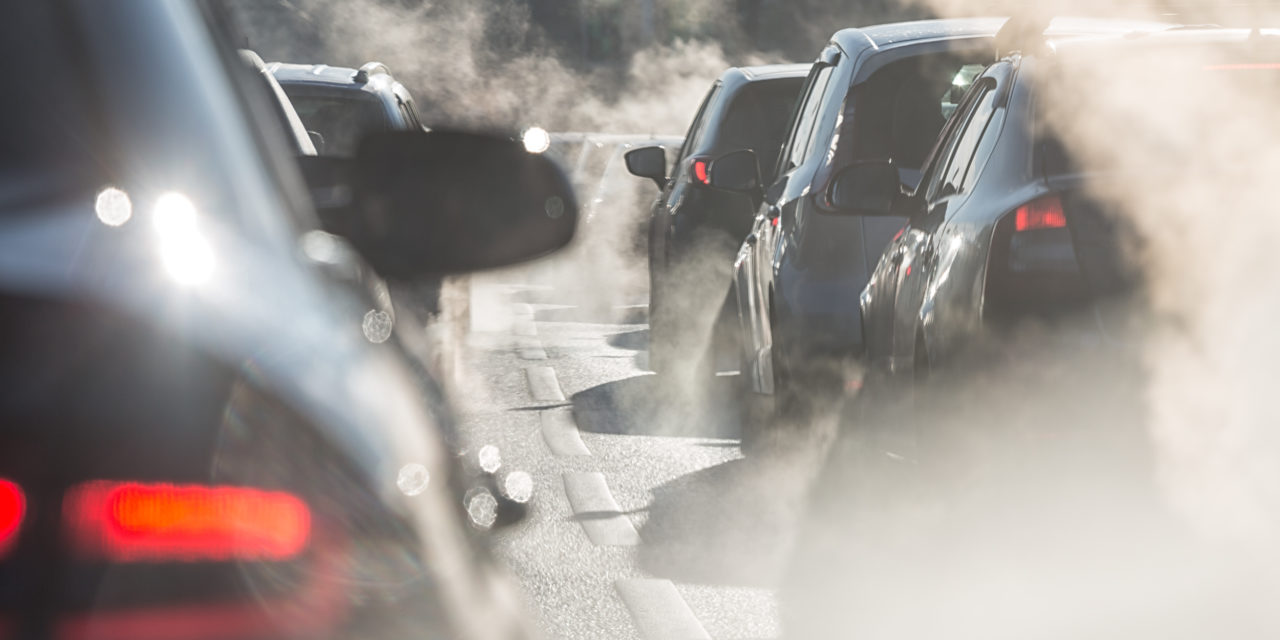
What’s in Your Lungs?
When people hear the word “lung cancer” their mind immediately goes to “cigarettes”. For most people, especially those that don’t smoke, the thought that they could get lung cancer is about as unlikely as being selected by NASA for the first mission to Mars. There’s nothing they’re doing now that would lead them to believe that that would ever happen. But what if you are?
Did you know that simply by living in a city, or going for a run, you can be increasing your odds of getting lung cancer? This is because there is overwhelming evidence to show that air pollution can cause lung cancer.
Many of these pollutants are all around you, lurking in the air that you breathe, even if you cannot see them.
Infographic

Particle Pollution
As we mentioned in our part 1 series. Particle pollution consists of microscopic particles that float in the air for long periods of time. While most people think of dust and allergens, particle pollution can also consist of acids, chemicals, metals and soils. These microscopic particles can be extremely hazardous to your health and often cause eye, nose, throat, or lung irritation when encountered in very small quantities. Prolonged exposure over time can actually cause lung cancer. In 2013, an 8-year old girl in China was diagnosed with lung cancer which was attributed to the heavy and prolonged particle pollution that she had been exposed to for many years.
Who is at risk?
Anyone that lives in areas with elevated particle pollution. People most at risk include children, the elderly and people with lung and heart problems. If you live in a major metropolitan area, or an area with manufacturing or refining plants within several miles of you, you may be at risk, especially if you frequently exercise outdoors.
How to protect yourself?
Check your local air quality index online or on your local news. Avoid exercising along busy roadways where vehicle exhaust and pollution can be at elevated levels even when forecasts indicate the air quality is good.
What can we do?
Congress continues to work to change and improve regulatory standards aimed at reducing particle pollution. Often this is a contentious subject as it pits those who promote health and safety against those who favor a reduction in government control of business and an increase in personal freedoms. Hopefully we can see that everyone shares the same goals: the safety of their loved ones, and the freedom to live a healthy life. Until we someday overcome these challenges, do your best to keep your own air clean by following these 10 clean air tips.
Read Part I of the State of the Ozone Series
Read Part II of the State of the Ozone Series
Read Part III of the State of the Ozone Series
Read Part IV of the State of the Ozone Series
Read Part V of the State of the Ozone Series
Read Part VI of the State of the Ozone Series
View Final State of the Ozone Infographic




